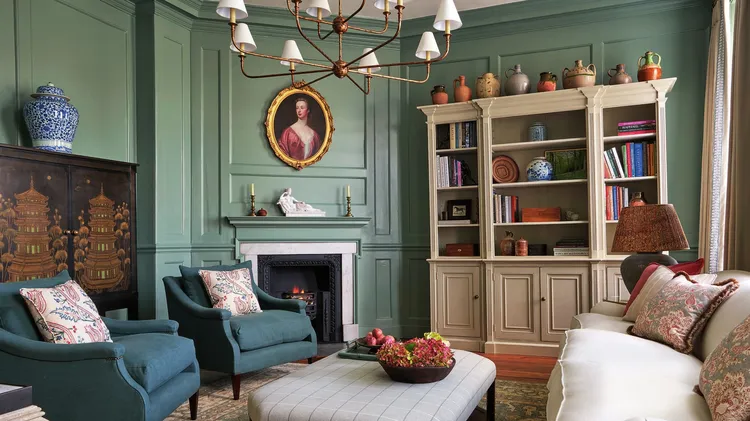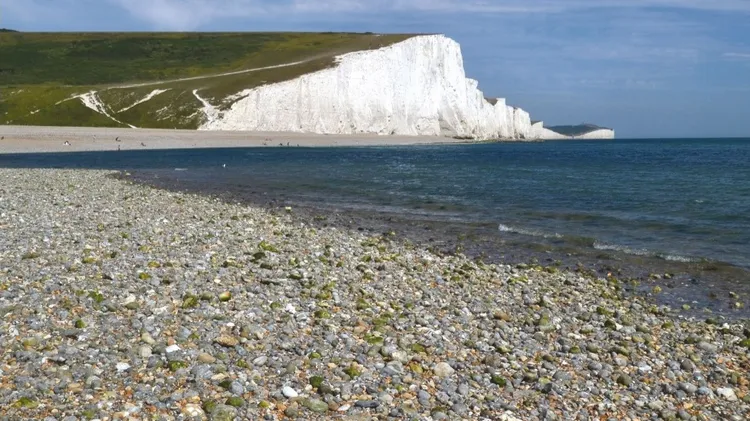Marion McGivern explores intriguing locations that are not all they seem . . .
Look again
3 min read
This article is from...
Read this article and 8000+ more magazines and newspapers on Readly






